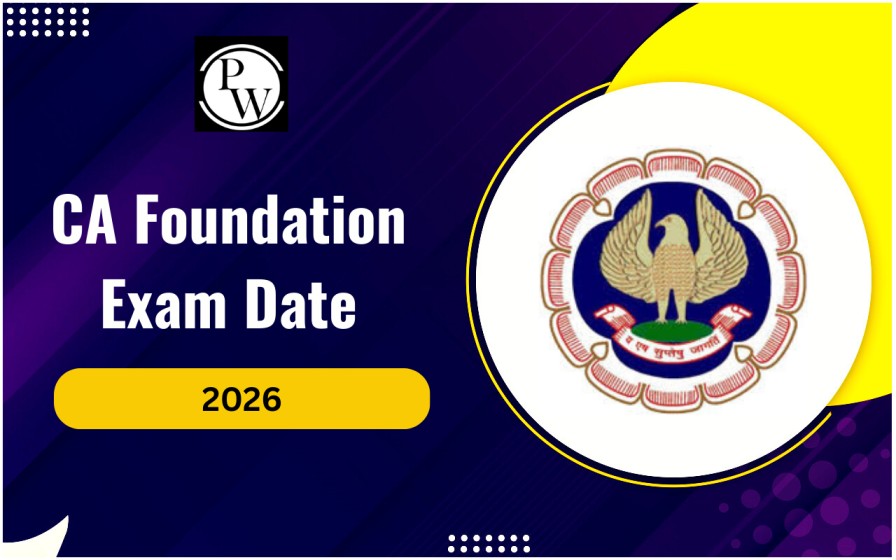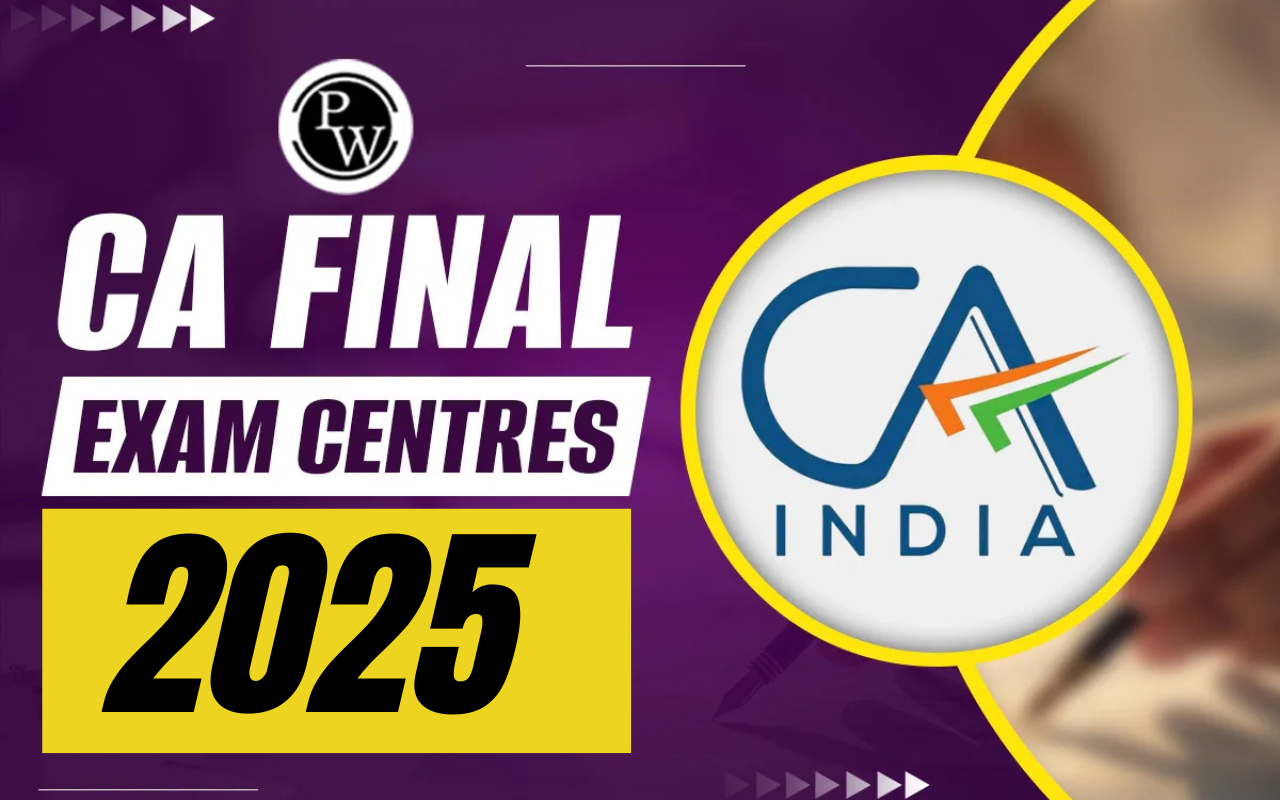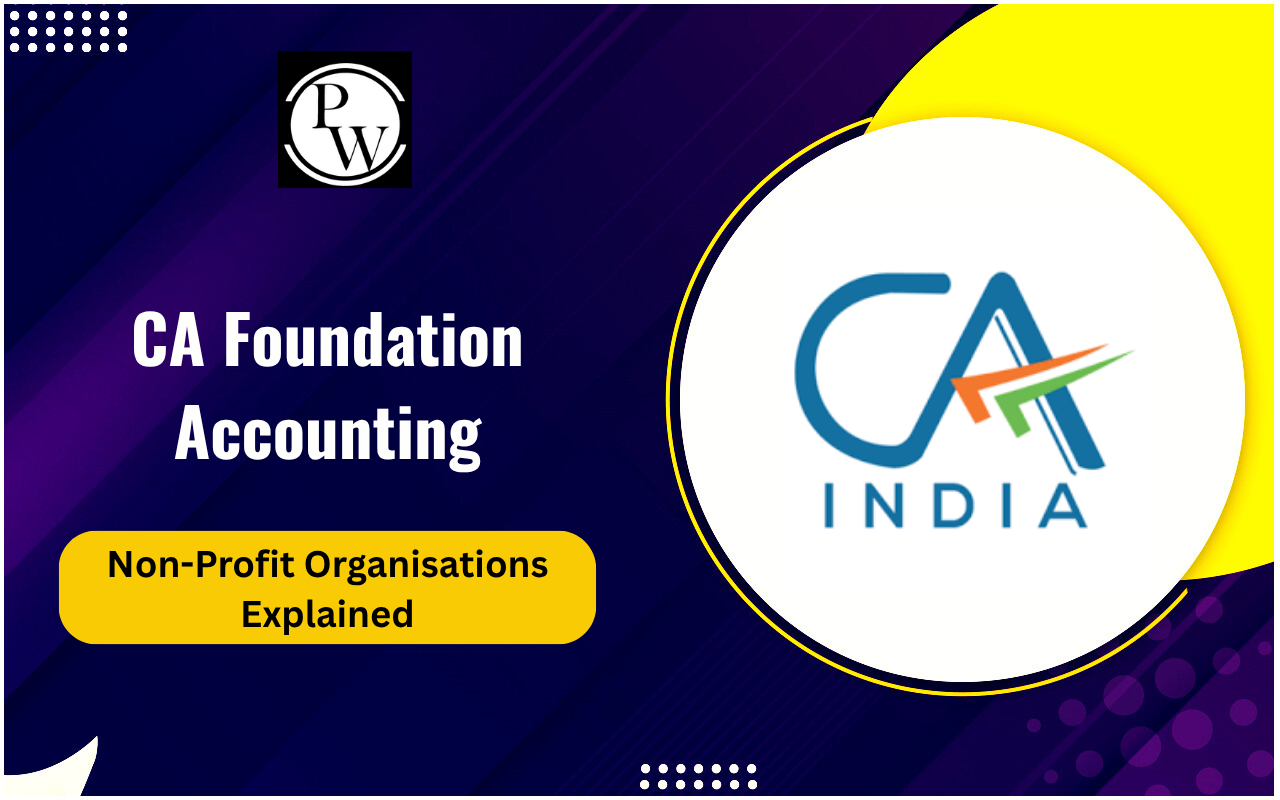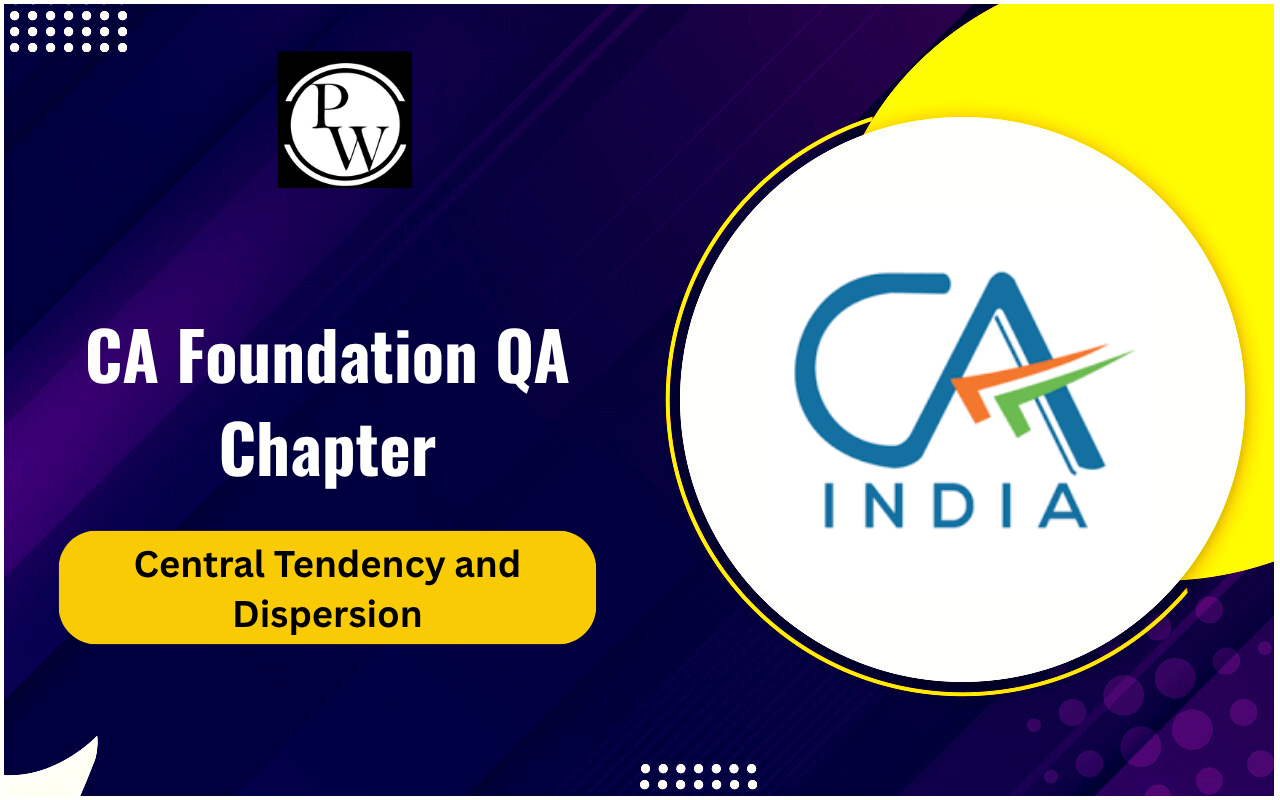
Understanding Accounting for Branches is crucial for CA students aiming to master the intricacies of business operations. Branch accounting plays a significant role in ensuring the proper recording of transactions across various business locations. This article will walk you through the principles of Accounting for Branches for CA exams , the various methods of branch accounting, and the importance of accurate financial reporting.
What is Accounting for Branches?
Accounting for Branches refers to the method of accounting used to record and manage financial transactions across different branches of an organization. Each branch operates independently but is part of the overall corporate structure, and its financial records must be integrated into the main company’s books. The objective is to accurately reflect each branch’s performance and financial standing. There are two primary methods for Accounting for Branches:- Debtors Method : This method treats each branch as a separate entity. Branch transactions are recorded separately, and the balances are transferred periodically to the head office.
- Stock and Debtors Method : This method involves tracking stock and debtors separately at each branch, which is then consolidated into the head office's accounts.
Why is Accounting for Branches Important?
The importance of Accounting for Branches cannot be overstated, especially when managing multiple business locations. It provides valuable insights into the performance of individual branches, allowing for better decision-making at the corporate level. By maintaining proper accounting records for each branch, businesses can track the profitability of each location, manage inventory efficiently, and ensure compliance with regulations. For CA students, mastering this concept is key to understanding the flow of transactions within an organization, which directly impacts the preparation for professional exams. Proper accounting practices can prevent errors, reduce the risk of fraud, and ensure that financial statements reflect an accurate picture of the business's overall health.Also Read: How to Get Rank in CA Exams?
Methods of Accounting for Branches
There are several methods used in Accounting for Branches. Understanding these methods is crucial for CA students because they form the foundation for branch accounting.1. The Debtors Method
In this method, each branch maintains its own set of books, recording all transactions independently. The branch accounts for both sales and purchases, and at the end of the period, the head office consolidates the branch’s financial data. The advantage of this method is its simplicity and ease of tracking branch-level performance. However, it may be less efficient for larger organizations with multiple branches.2. The Stock and Debtors Method
This method is more complex and involves tracking both stock and debtors separately for each branch. This method is particularly useful for businesses dealing with large inventories or those that need to maintain detailed records of accounts receivable. It offers a clearer picture of each branch's financial status but requires more meticulous tracking and coordination with the head office.3. The Wholesale Price Method
Under the wholesale price method, goods are transferred from the head office to the branch at wholesale cost. This method is commonly used when branches do not operate as independent profit centers and helps in simplifying the Accounting for Branches.4. The Retail Price Method
In this method, goods are transferred at retail price. The profit is recorded separately, making this method suitable for branches that operate as independent business units. Each of these methods has its advantages, depending on the nature of the business and the level of independence of each branch.Challenges in Accounting for Branches
Accounting for Branches can present several challenges, particularly when dealing with a large number of branches or complex organizational structures. Some of the common challenges include:- Consolidation of Financial Data : With multiple branches, consolidating financial data into a unified statement can be a complex and time-consuming process. Each branch may have its own set of accounts, leading to discrepancies if not tracked properly.
- Inventory Management : Accurately accounting for inventory across different branches can be challenging, especially if stock is transferred between branches. The Stock and Debtors Method can help resolve this issue but requires diligent tracking.
- Regulatory Compliance : Different branches may be subject to different tax laws or regulations, making it difficult to ensure that all branches comply with the same set of rules.
- Currency Differences : For international branches, managing exchange rate fluctuations becomes another challenge that can impact the Accounting for Branches process.
How to Handle Accounting for Branches in Your CA Exams?
For CA students, handling Accounting for Branches efficiently is crucial for exam success. Here are a few tips to help you excel:- Understand the Methods : Learn the different methods of Accounting for Branches in depth. Practice solving problems using each method to understand when to apply them.
- Consolidation Techniques : Understand how to consolidate branch accounts into the head office's books. Practice working with inter-branch transfers, stock, and debtor accounts.
- Focus on Practical Applications : CA exams often include practical scenarios. Practice accounting for branch transactions based on real-life examples to gain a deeper understanding.
- Revise Key Concepts Regularly : Repetition is key to mastering Accounting for Branches. Regular revision will ensure that you retain the information for the long term.
| Also Check: | |
| Market Structures | Statistical Representation of Data |
| Correlation and Regression | Probability |
| Market Failure | Statistics |
Accounting for Branches FAQs
What is the Debtors Method in Accounting for Branches?
The Debtors Method treats each branch as an independent entity, recording its transactions separately, with balances transferred to the head office at periodic intervals.
What is the Stock and Debtors Method?
The Stock and Debtors Method tracks both inventory and debtors separately at each branch, ensuring a more detailed accounting system.
How do I choose the right method for Accounting for Branches?
The choice depends on the business structure and the level of independence of each branch. For smaller businesses, the Debtors Method may be suitable, while larger organizations may prefer the Stock and Debtors Method.
What are the common challenges in Accounting for Branches?
Challenges include consolidation of financial data, inventory management, regulatory compliance, and dealing with currency differences for international branches.
🔥 Trending Blogs
Talk to a counsellorHave doubts? Our support team will be happy to assist you!

Check out these Related Articles
Free Learning Resources
PW Books
Notes (Class 10-12)
PW Study Materials
Notes (Class 6-9)
Ncert Solutions
Govt Exams
Class 6th to 12th Online Courses
Govt Job Exams Courses
UPSC Coaching
Defence Exam Coaching
Gate Exam Coaching
Other Exams
Know about Physics Wallah
Physics Wallah is an Indian edtech platform that provides accessible & comprehensive learning experiences to students from Class 6th to postgraduate level. We also provide extensive NCERT solutions, sample paper, NEET, JEE Mains, BITSAT previous year papers & more such resources to students. Physics Wallah also caters to over 3.5 million registered students and over 78 lakh+ Youtube subscribers with 4.8 rating on its app.
We Stand Out because
We provide students with intensive courses with India’s qualified & experienced faculties & mentors. PW strives to make the learning experience comprehensive and accessible for students of all sections of society. We believe in empowering every single student who couldn't dream of a good career in engineering and medical field earlier.
Our Key Focus Areas
Physics Wallah's main focus is to make the learning experience as economical as possible for all students. With our affordable courses like Lakshya, Udaan and Arjuna and many others, we have been able to provide a platform for lakhs of aspirants. From providing Chemistry, Maths, Physics formula to giving e-books of eminent authors like RD Sharma, RS Aggarwal and Lakhmir Singh, PW focuses on every single student's need for preparation.
What Makes Us Different
Physics Wallah strives to develop a comprehensive pedagogical structure for students, where they get a state-of-the-art learning experience with study material and resources. Apart from catering students preparing for JEE Mains and NEET, PW also provides study material for each state board like Uttar Pradesh, Bihar, and others
Copyright © 2025 Physicswallah Limited All rights reserved.
Get App









